When buying a new car, one of the lesser-discussed but highly important aspects to consider is the type of engine powering it. Among the most common options in today's automotive market are the 3-cylinder engine and the 4-cylinder engine. While they may seem similar on paper, each comes with its own strengths and limitations.
In this guide, we’ll take a closer look at the 3-cylinder vs 4-cylinder engine debate to help you decide which one suits your driving style, budget, and long-term expectations better.
What Is a Cylinder in an Engine?
To understand the 3-cylinder vs 4-cylinder engine discussion, you need to know what a cylinder does. A cylinder is a central component in an internal combustion engine where fuel is ignited to generate power. The more cylinders an engine has, the more power it can potentially produce.
So, a 3-cylinder engine has three such combustion chambers, while a 4-cylinder engine has four. This difference directly impacts the engine’s power output, fuel consumption, refinement, and even its sound.
Key Differences Between 3-Cylinder and 4-Cylinder Engines
1. Power and Performance
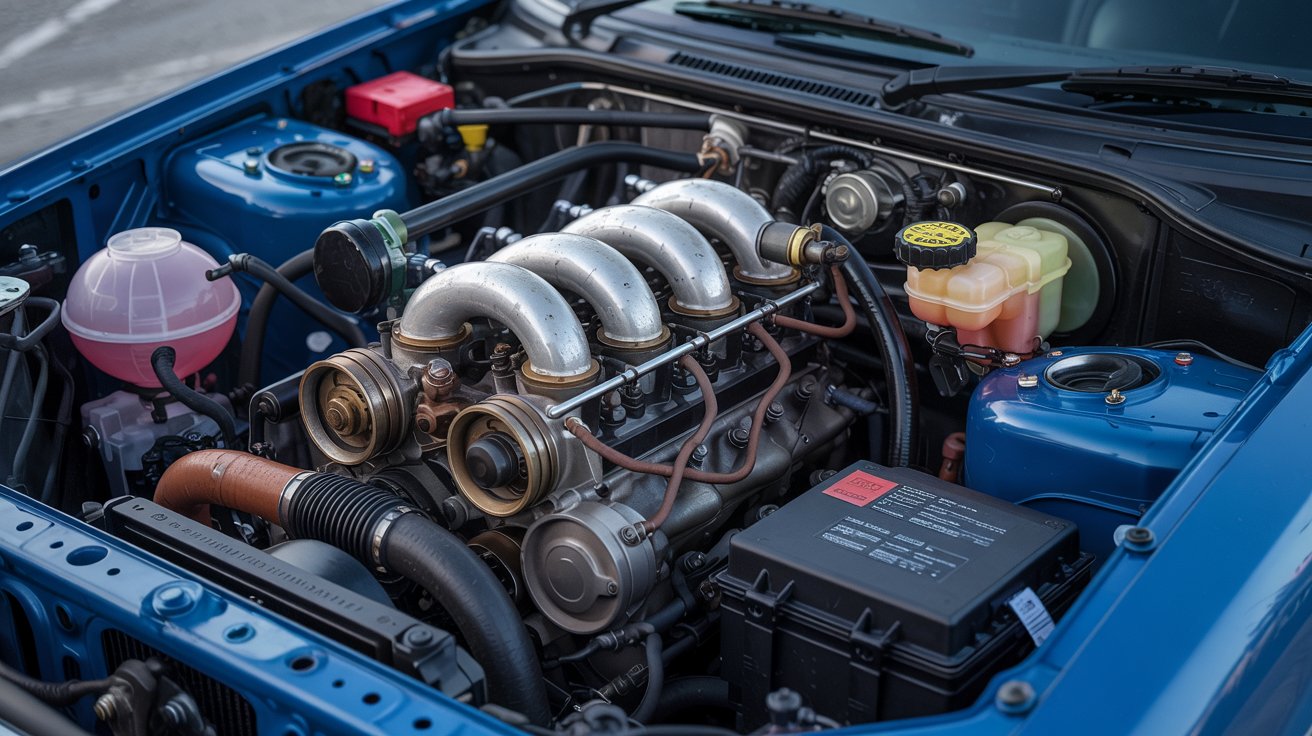
- 3-cylinder engines are generally smaller and offer less power, but they perform well in city conditions.
- 4-cylinder engines produce more consistent power, especially at higher speeds or under load.
With the rise of turbocharging, many modern 3-cylinder engines have closed the performance gap, but naturally aspirated 4-cylinder engines still deliver smoother and stronger acceleration.
2. Fuel Efficiency
- 3-cylinder engines are lighter and have less internal friction, which often results in better fuel economy.
- 4-cylinder engines, while slightly less efficient in start-stop traffic, can offer better efficiency on highways when the load is distributed more evenly.
If you do a lot of city driving, a 3-cylinder engine may save you more money on fuel.
3. Refinement and Vibration
This is where 4-cylinder engines clearly have an advantage.
- 3-cylinder engines tend to produce more vibration due to their odd number of cylinders. You may notice this at idle or during sudden acceleration.
- 4-cylinder engines are naturally more balanced and smoother in operation.
Some manufacturers use balancing shafts in 3-cylinder units to reduce vibrations, but they still don’t match the refinement of a good 4-cylinder engine.
4. Cost and Maintenance
- 3-cylinder engines are usually cheaper to manufacture, which can make the overall vehicle cost lower.
- 4-cylinder engines, being more powerful, often require more expensive parts and sometimes more frequent servicing.
Fewer components mean slightly lower maintenance costs, although this varies by brand and engine complexity.
5. Driving Conditions
- A 3-cylinder engine is ideal for city usage, solo commuting, and lighter vehicles.
- A 4-cylinder engine is better suited for highways, long-distance driving, and carrying passengers or cargo regularly.
Also Read: Car Wrapping in India Cost Benefits and Legal Guidelines
Pros and Cons of 3-Cylinder Engines
Pros:
- Better fuel efficiency in city traffic
- Lighter weight improves handling and emissions
- Often cheaper to buy and maintain
- Now available with turbocharging for more power
Cons:
- More vibrations and engine noise
- Slightly reduced performance under heavy load
- Less refined overall driving experience
Pros and Cons of 4-Cylinder Engines
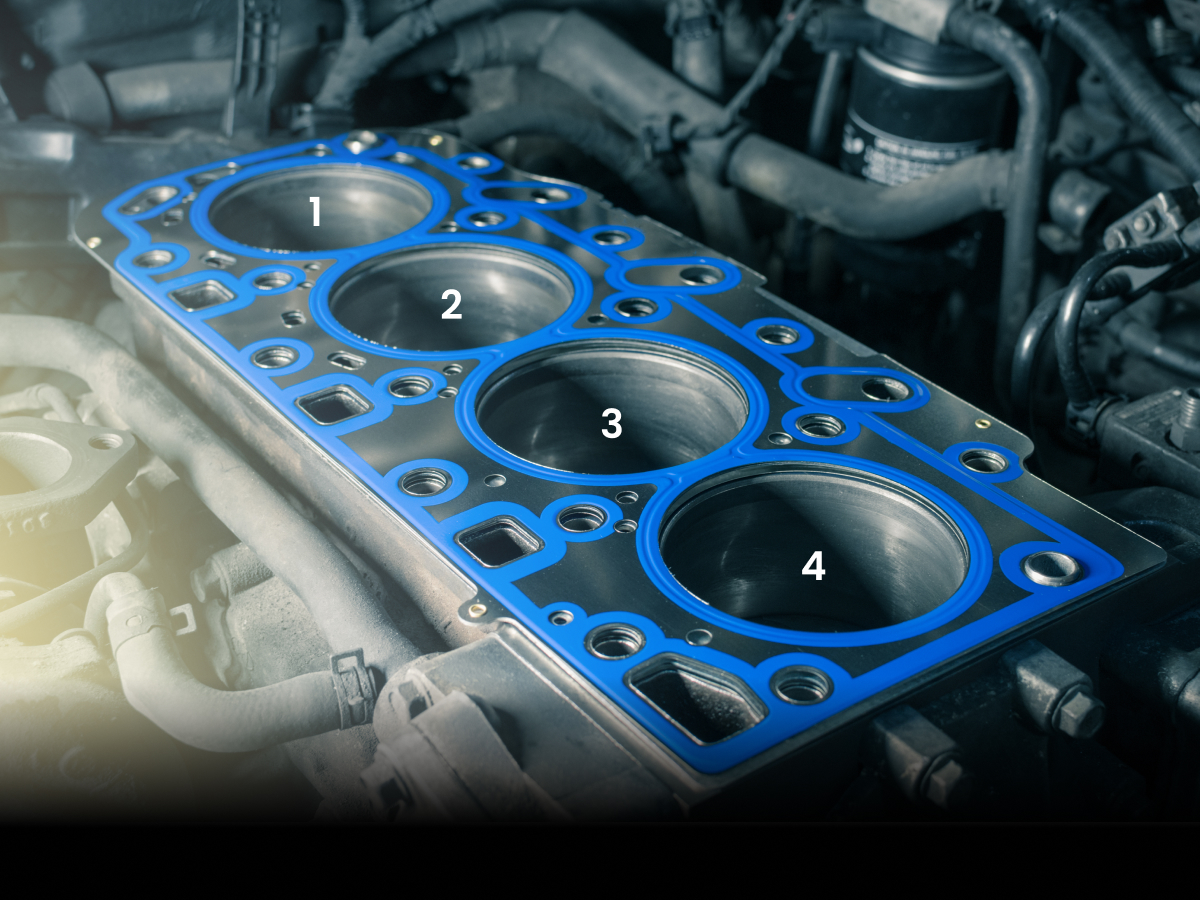
Pros:
- Smoother, quieter operation
- More power and torque
- Better for high-speed and long-distance driving
- Proven reliability across various vehicle types
Cons:
- Slightly lower fuel economy in urban traffic
- Higher manufacturing and maintenance cost
- Heavier in comparison
Side-by-Side Comparison: 3-Cylinder vs 4-Cylinder Engine
|
Feature |
3-Cylinder Engine |
4-Cylinder Engine |
|
Power Output |
Moderate (often turbo-assisted) |
Higher and more consistent |
|
Fuel Efficiency |
Excellent in city driving |
Good on highways |
|
Engine Smoothness |
Less refined, more vibration |
Smooth and quiet operation |
|
Noise Levels |
Slightly noisier, especially at idle |
Quieter overall |
|
Cost of Ownership |
Lower purchase and running cost |
Slightly higher overall |
|
Maintenance |
Fewer components, cheaper parts |
More components, durable build |
|
Ideal Use Case |
Daily city driving, light loads |
Mixed driving, highway cruising |
|
Engine Weight |
Lighter, improves agility |
Heavier, more stable at high speed |
|
Turbocharging |
Common for added performance |
Also widely available in performance variants |
Which One Should You Buy?
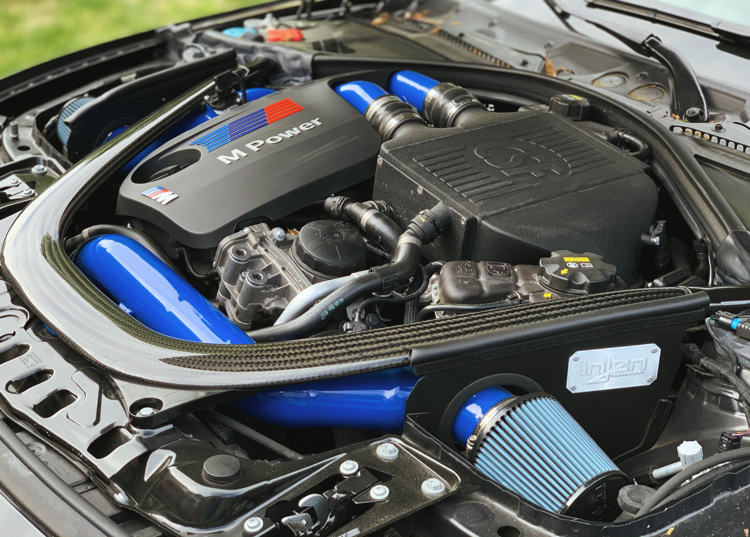
If you mostly drive within the city, navigate traffic regularly, and are focused on saving fuel and upfront costs, then a 3-cylinder engine makes a lot of sense. These engines have come a long way and now deliver better refinement and punch than ever before, especially with turbocharged options.
However, if your driving involves highways, frequent long drives, or carrying passengers and luggage often, you’ll appreciate the extra power, smoothness, and reliability that a 4-cylinder engine offers. It might cost a little more, but the comfort and performance benefits are worth it.
Final Thoughts
The 3-cylinder vs 4-cylinder engine comparison isn't about which one is better overall, but which one is better for you. Both engine types have their own advantages depending on usage patterns, budget, and expectations.
In recent years, 3-cylinder engines have become smarter and more capable, thanks to technology like direct injection and turbocharging. Meanwhile, 4-cylinder engines continue to offer solid, all-round performance and reliability, making them a safe choice for most buyers.
So the next time you're checking out a car spec sheet, don’t just skip over the engine type. Understanding whether it has a 3-cylinder or 4-cylinder engine could help you avoid a mismatch between your car and your driving needs.
Also Read: Different Types of Vehicle Number Plates in India: A Complete Guide
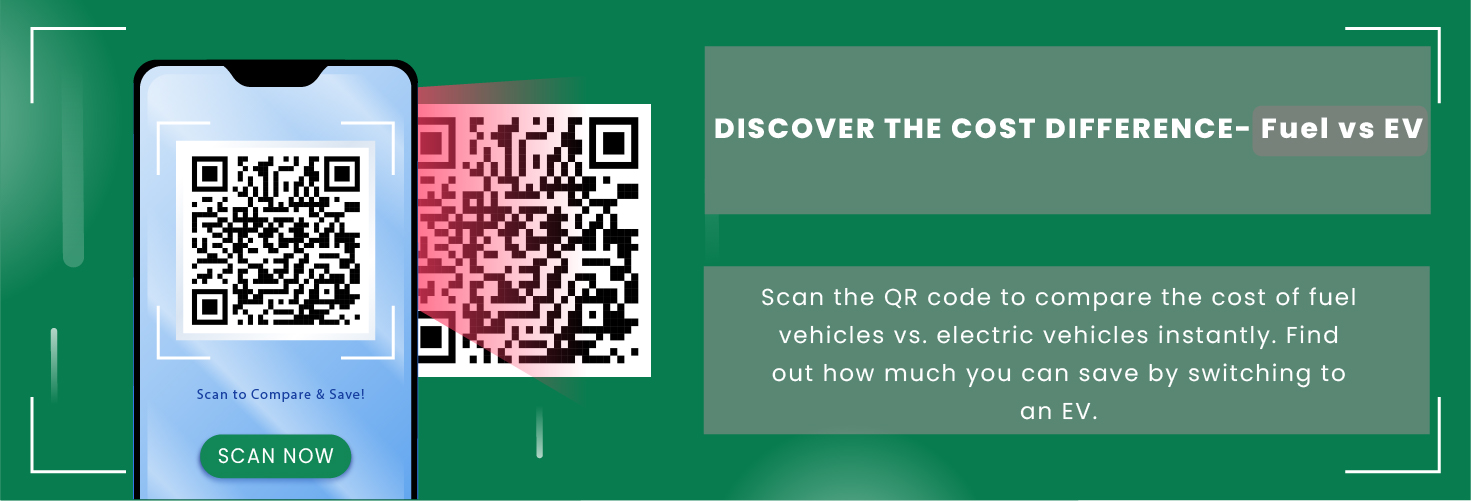
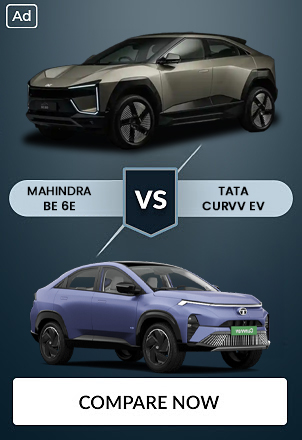
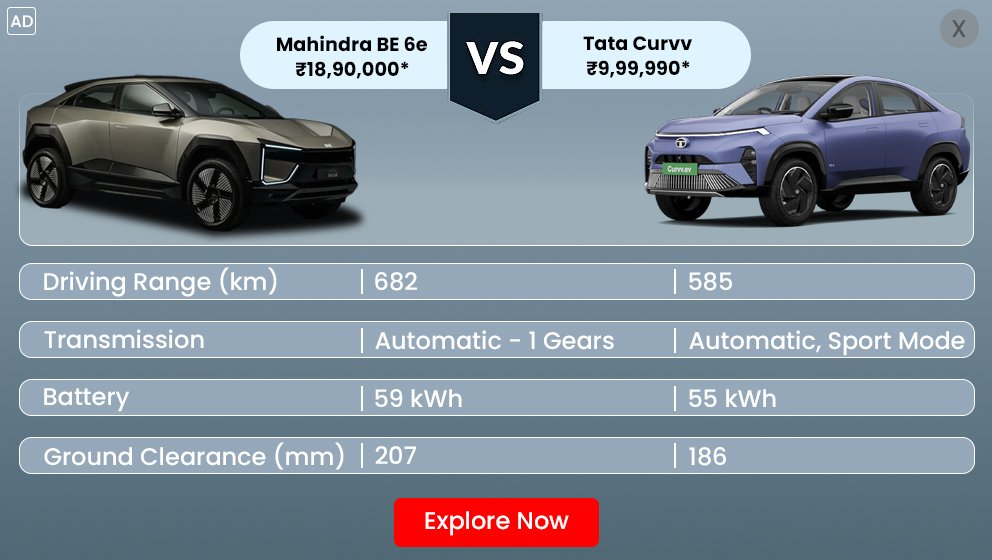

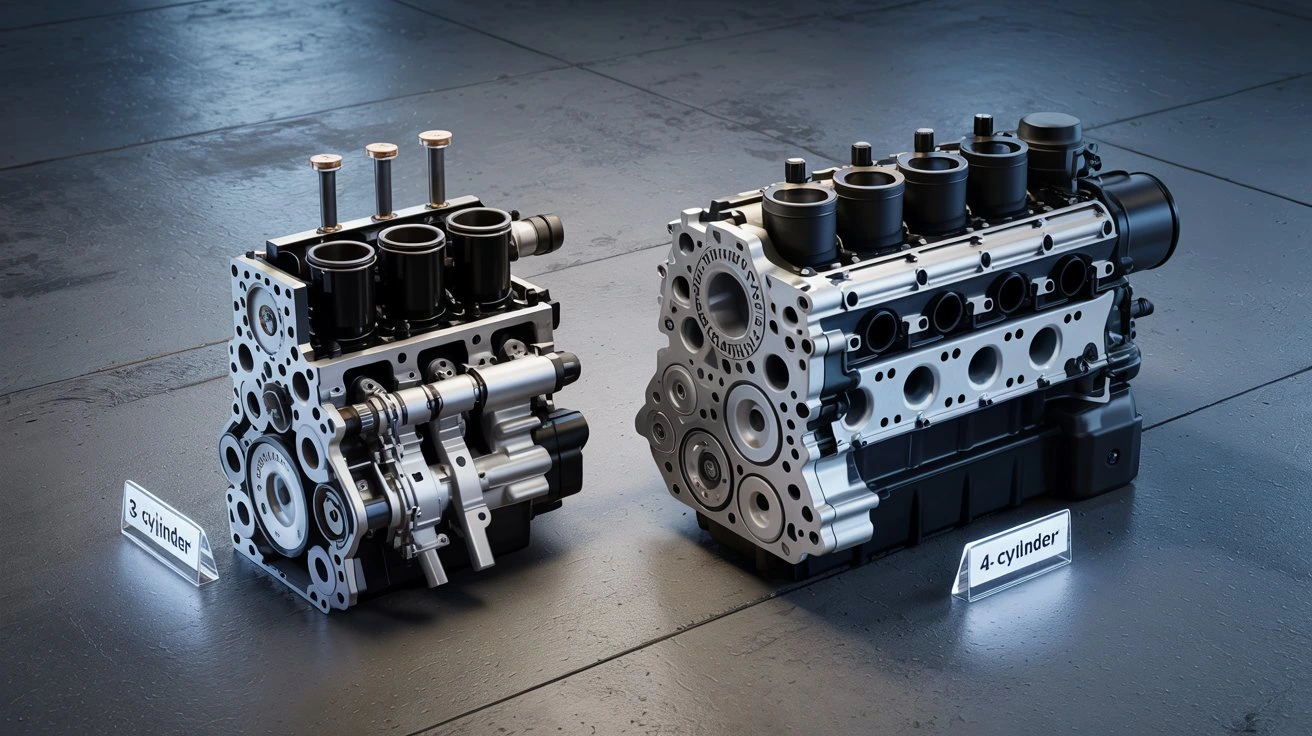

_1744265828.webp)
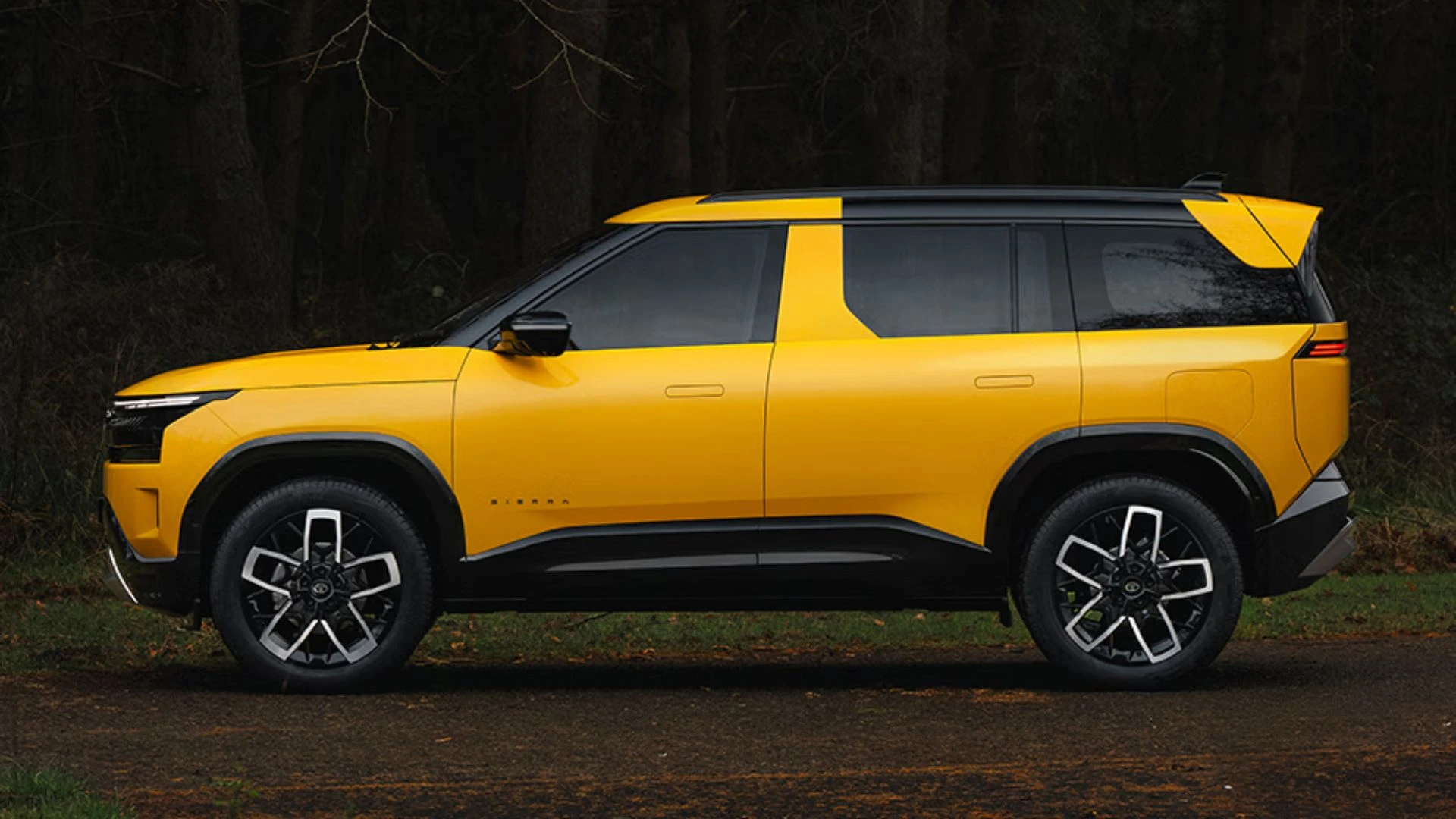
 Positioning Affordable 7-seat_1766042570.webp)

